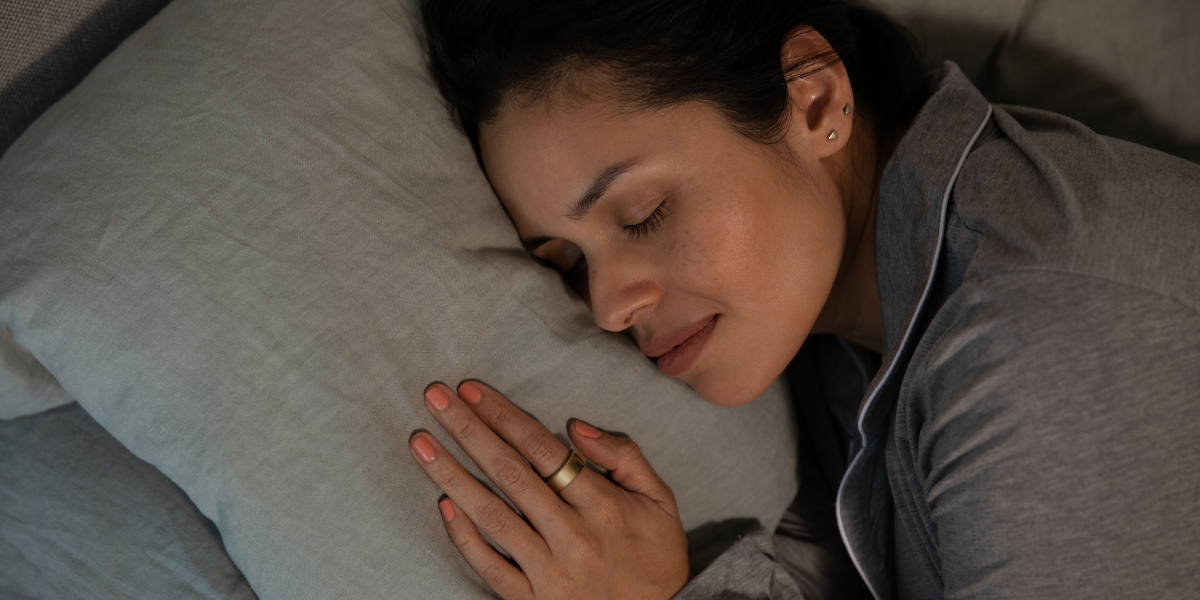January 8, 2024
Resolve to Keep These Healthy, Active Menopause Habits in the New Year

Make muscle, get strong, prioritize your sleep, and more in 2024
By Selene Yeager
The holidays are behind us, the new year stretches out in front of us. We’re back to work, ready to dig into new goals. We don’t really buy into “New Year, New You!”…but we do believe in New Year, Be Good to You! And fresh research supports starting and/or maintaining small regular actions that make a big difference in your health through and beyond menopause.
So without further ado. Here are a few basic ways to be good to your menopausal self in the new year (and beyond). Let’s go!
Make Muscle for Life
We talk about muscle all the time here at Feisty Menopause because it’s your ticket to better cardiometabolic health, athletic performance, menopause wellness, and independence as you get older. Yet, we’ve heard from women who still feel like they’re too old to start. Not true! A study in the International Journal of Sport Nutrition and Exercise Metabolism shows that even women (and men) 85+ can build muscle when they start strength training.
In the study, researchers put 17 healthy adults ages 65 to 75 years old and 12 healthy adults older than 85 on a whole-body resistance training program where they lifted weights three days a week for 12 weeks. At the end of the study, the researchers concluded: “12 weeks of progressive whole-body resistance exercise training effectively increases quadriceps CSA [cross sectional area; or muscle size], whole-body and appendicular lean mass, and upper and lower body muscle strength.” They also improved their scores in a series of functional performance tests. Importantly, both groups enjoyed the same beneficial effects.
The participants aged 85+ added an average of 11 percent muscle mass and 46 percent strength, which was even more than the 10 percent of muscle mass and 38 percent more strength than the aged 65 to 75 volunteers. It’s never too late to make some muscle for life!
Get Strong for Your Brain
Some people put on muscle more easily than others. We’ve heard from women who get discouraged that their resistance training efforts don’t yield more visible results. We get it (and menopause doesn’t exactly make building muscle easier). The good news is a study published in Lifestyle Medicine reports that being strong benefits your brain regardless of lean mass. So you don’t have to make a ton of muscle to reap cognitive rewards.
The study included 1,424 adults who were 60+ years old in the 1999-2000 and 2001-2002 editions of the National Health and Nutrition Examination Survey (NHANES) who had undergone DEXA scans for body composition, leg strength tests, and cognitive tests. After crunching the data, the researchers found that strength explained about 5% of the variance in cognitive scores, while muscle mass explained only about 0.5%. So the best advice is to keep up your resistance training, including heavy lifting, to get strong and build muscle as you can.
Stand and Step
We bank online. We buy online. We read and research stuff online. Heck, many of us work and even do much of our socializing online. In so many ways, modern life conspires to keep us seated, and that’s not good for us. The good news is that it takes less movement than you might think to improve your cognitive health (which is something that we as menopausal women want to preserve as best we can).
In fact, a study that examined MRI brain scans from 10,125 people (about 48% female) found those who regularly engaged in physical activities such as walking, running or sports had larger brain volumes in key areas. This includes the gray matter, which helps with processing information, and the white matter, which connects different brain regions, as well as the hippocampus, important for memory.
“We found that even moderate levels of physical activity, such as taking fewer than 4,000 steps a day, can have a positive effect on brain health,” said study co-author David Merrill, MD, in a press release. That’s about 2 miles, or about 30 to 40 minutes, of steps a day. Make it a goal to hit that mark on busy days when your usual exercise routine goes out the window.
Step it Up
There are some in the menopause space who caution women to slow down and avoid high intensity exercise as they reach menopause. We are not in that camp. Sure, recovery becomes extra important during this time of life. But if you don’t want to slow down with age, you don’t want to slow down with age. That means still hitting those high intensities in your workouts on a regular basis.
As we’ve discussed before, HIIT is particularly good for women in the menopause transition. For one, it improves insulin sensitivity and lowers fasting blood sugar levels, which is good for your overall cardiometabolic health; it improves mitochondrial function and fat-burning capacity, and boosts human growth hormone (HGH) and testosterone, which helps menopausal women regain the muscle mass they need for producing more power for sport and for life.
As if that’s not enough, high intensity aerobic exercise also appears to dramatically decrease the risk for cancer metastasis, according to a study in Cancer Research aptly titled: An Exercise-Induced Metabolic Shield in Distant Organs Blocks Cancer Progression and Metastatic Dissemination.
The study drew on epidemiologic data from a 20-year prospective study of initially cancer-free participants. They found that exercise prior to cancer initiation had a modest impact on cancer incidence in low metastatic stages but reduced the likelihood of highly metastatic cancer by 72%. The reason? High intensity exercise causes muscles and internal organs to absorb more glucose, decreasing energy available to the tumor. It’s just one more reason to not “slow down” with menopause and midlife.
Shoot for 7+
Nationally, 33.2% of adults report getting “short sleep,” which is defined as less than 7 hours a night. Insufficient sleep impairs insulin sensitivity and sets the stage for type 2 diabetes, especially in postmenopausal women.
A study including 38 women (11 postmenopausal) published in Diabetes Care found that curtailing sleep to 6.2 hours a night (which is the median sleep duration of US adults with short sleep) for six weeks impairs insulin sensitivity. Insulin resistance markers were more pronounced in postmenopausal women compared to premenopausal women.
Getting adequate sleep (i.e., at least 7 hours) as much as possible can help keep blood sugar, which is harder to manage post-menopause, in check. This is especially important if you’re already at increased risk for diabetes.
If you struggle with sleep, it’s worth trying some dedicated sleep strategies and working with a healthcare professional who can offer solutions (like hormone therapy or fezolinetant if night sweats wreck your sleep) and/or assess you for other health issues like sleep apnea that may be keeping you awake.
Build Your Team
The time around menopause is a great time to establish healthy habits, get in front of common chronic diseases, and find what you need from the medical system to mitigate disruptive menopausal symptoms. Make this the year you find a healthcare provider who listens and works with you to help you feel and perform your best.


 Outspoken Women in Triathlon Summit Returns Bigger than Ever
Outspoken Women in Triathlon Summit Returns Bigger than Ever  Driving the Lamborghini: Productivity and the Power of Paper
Driving the Lamborghini: Productivity and the Power of Paper  5 take aways from the Compete Sports Diversity Summit
5 take aways from the Compete Sports Diversity Summit  Simple Tips to Hone Your Bike Handling Skills
Simple Tips to Hone Your Bike Handling Skills 


